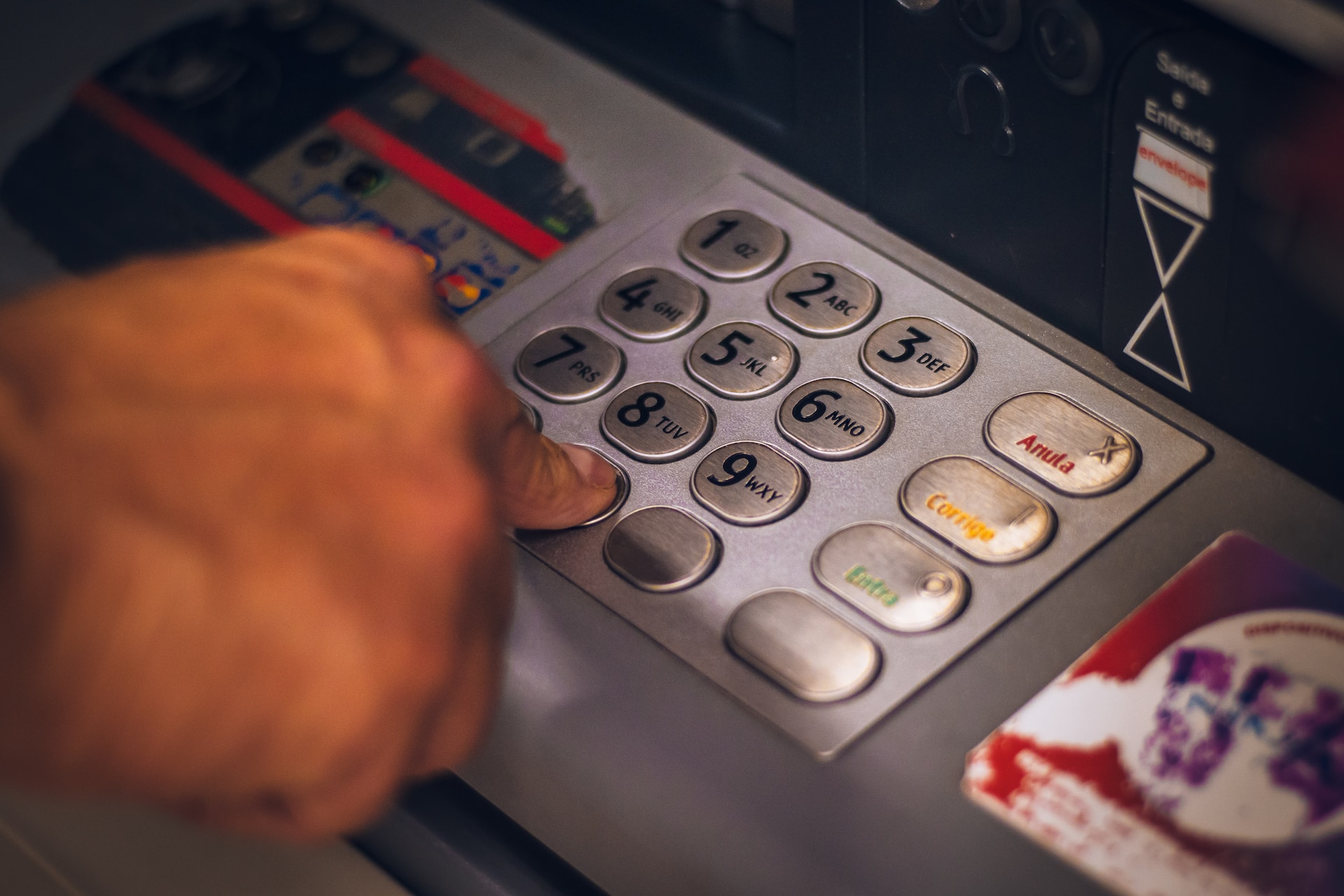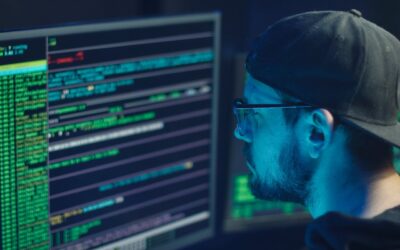Why Is 3d Rendering So Important To The Animation Industry?

3D rendering is a critical component of the animation industry, as it allows animators to create stunning visual effects and immersive worlds. From blockbuster films to video games and virtual reality experiences, 3D rendering has revolutionized the way we consume media and entertainment. In this article, we’ll explore why 3D rendering is so important to the animation industry.
Benefits to know:
Creating Lifelike Characters and Environments:
One of the key benefits of 3D rendering is the ability to create lifelike characters and environments. With 3D rendering animation software, animators can manipulate digital models to create realistic textures, lighting, and shadows. This level of detail allows for more immersive storytelling, as viewers are able to fully immerse themselves in the world being presented on-screen.
Increased Efficiency and Productivity:
3D rendering also allows for increased efficiency and productivity in the animation industry. With traditional 2D animation, artists had to draw each frame by hand, which was a time-consuming and tedious process. With 3D rendering, however, animators can create detailed models that can be manipulated and animated with relative ease. This not only speeds up the production process but also allows for greater creative freedom, as artists are no longer limited by the constraints of traditional animation techniques.
Improved Visual Effects:
Another key benefit of 3D rendering is the ability to create stunning visual effects. With the advanced technology available today, animators can create complex particle systems, realistic physics simulations, and intricate lighting effects that were once impossible with traditional animation techniques. This allows for more creative and visually stunning animations that captivate audiences and leave a lasting impression.
Cost Savings:
While the initial investment in 3d rendering animation software and hardware can be significant, the technology ultimately saves money in the long run. With 3D rendering, animators can create detailed models that can be reused in multiple projects, reducing the need for costly rework. Additionally, 3D rendering allows for more accurate planning and previsualization, reducing the likelihood of costly mistakes during the production process.
Increased Flexibility:
One of the key benefits of 3D rendering is the increased flexibility it provides to animators. With 3D rendering software, artists can quickly and easily make changes to models, textures, and lighting without having to redraw each frame. This allows for greater experimentation and creativity, as artists can try out different ideas and quickly iterate on their work.
Real-Time Rendering for Interactive Experiences:
With real-time rendering, animators can create interactive experiences for viewers in which they can control and navigate the virtual world. Real-time rendering enables animations to respond to user inputs in real-time, allowing for interactive storytelling and gameplay experiences. This technology is particularly useful in video games and virtual reality experiences, where interactivity and immersion are key components.
High-Quality Animations for Advertising and Marketing:
3D rendering also allows for high-quality animations to be created for advertising and marketing purposes. With 3D rendering software, animators can create detailed product visualizations, 3D animations for commercials like Jewelry rendering service, and engaging marketing content that grabs the attention of viewers. These high-quality animations can help brands stand out in a crowded marketplace and showcase their products and services in a visually compelling way.
Versatility Across Multiple Platforms:
Finally, 3D rendering is incredibly versatile, allowing for animations to be created and exported for use across multiple platforms. Whether it’s for a blockbuster film, a video game, or a virtual reality experience, 3D rendering allows animators to create high-quality content that can be enjoyed across a wide range of devices and platforms.
Conclusion:
In conclusion, 3D rendering is a critical component of the animation industry, allowing animators to create lifelike characters and environments, increase efficiency and productivity, create stunning visual effects, save money, increase flexibility, and work across multiple platforms. With the continued advancements in technology, the possibilities for 3D rendering in the animation industry are endless, and we can expect to see even more stunning and immersive animations in the years to come.



































